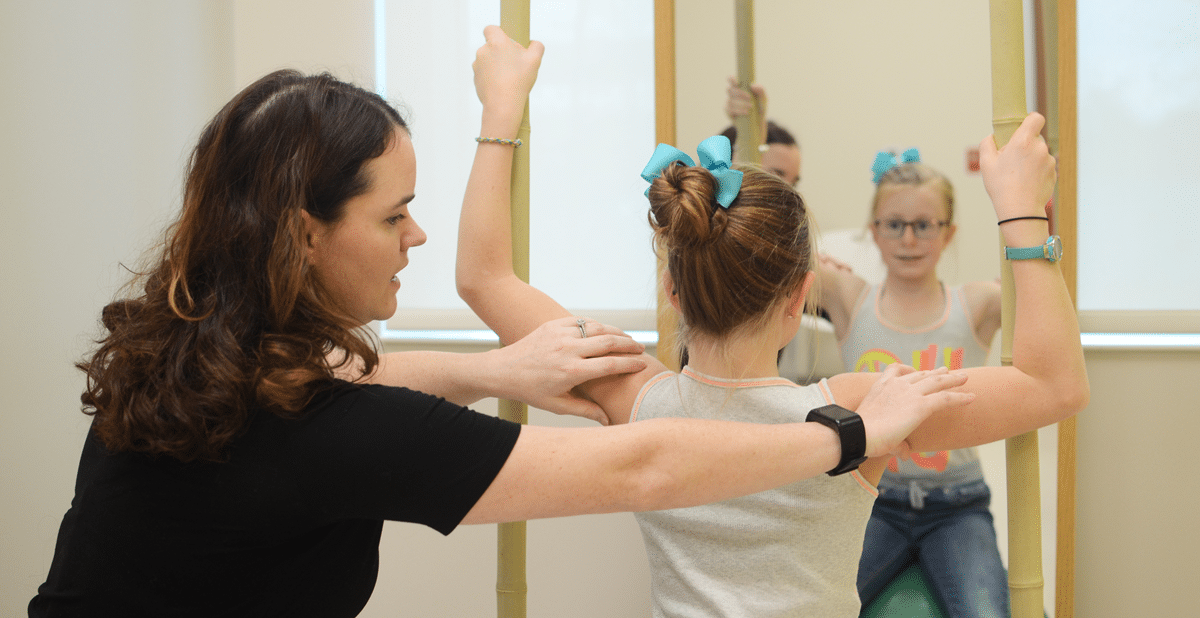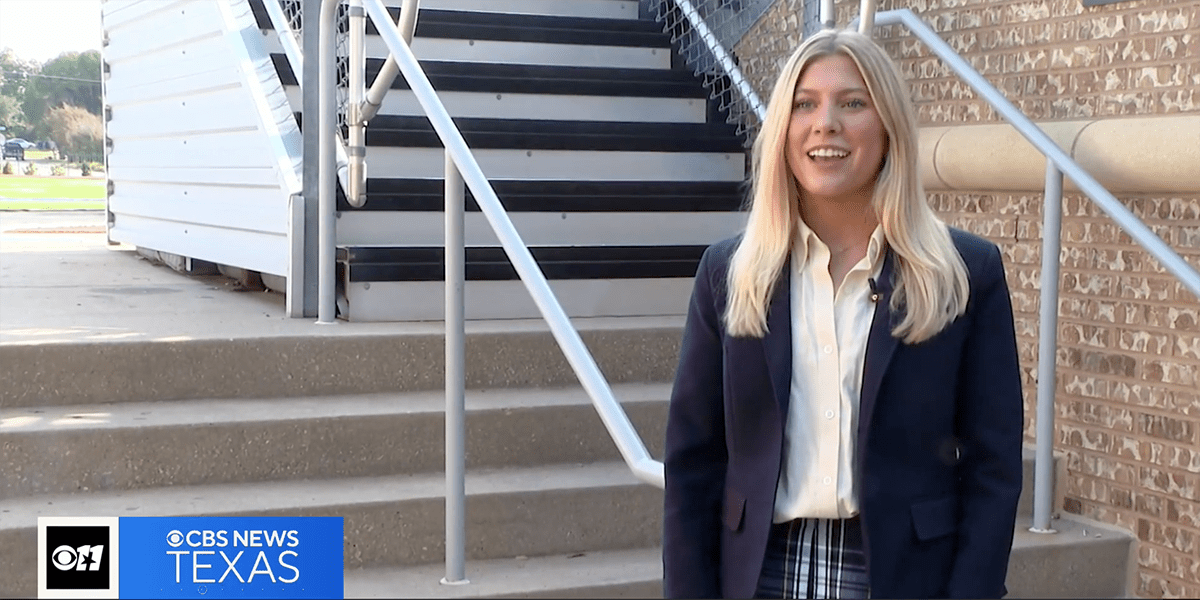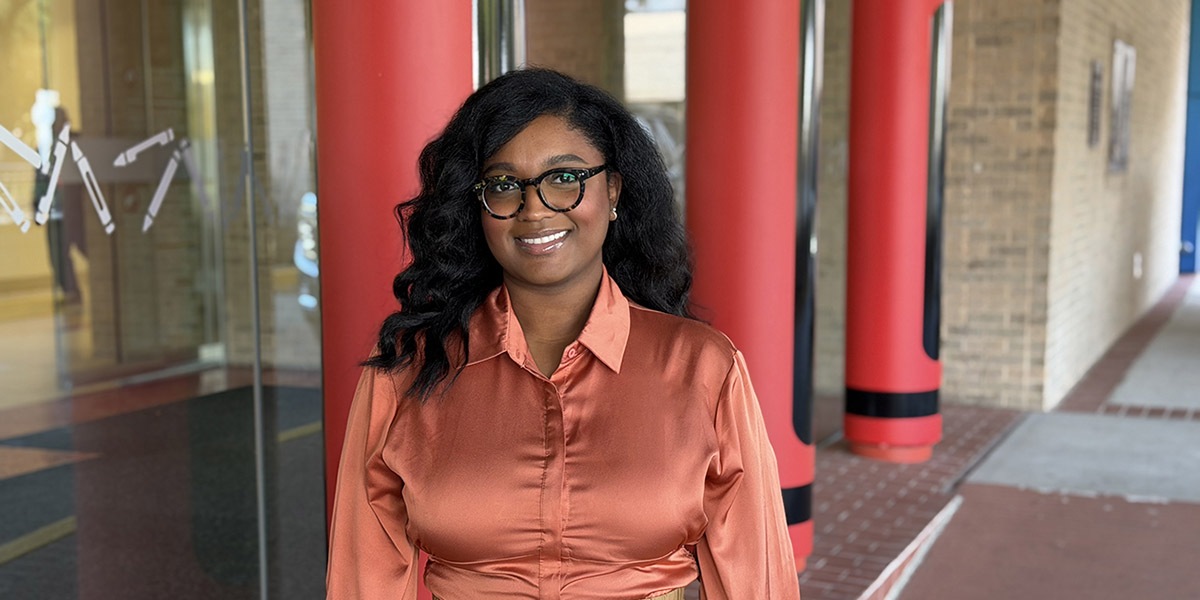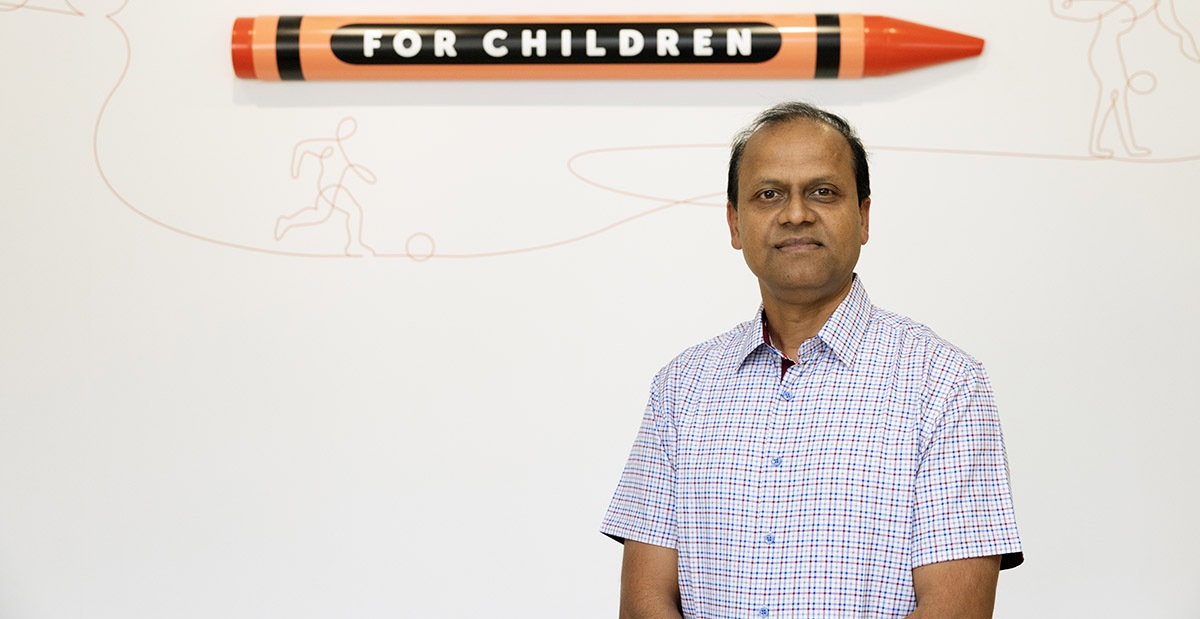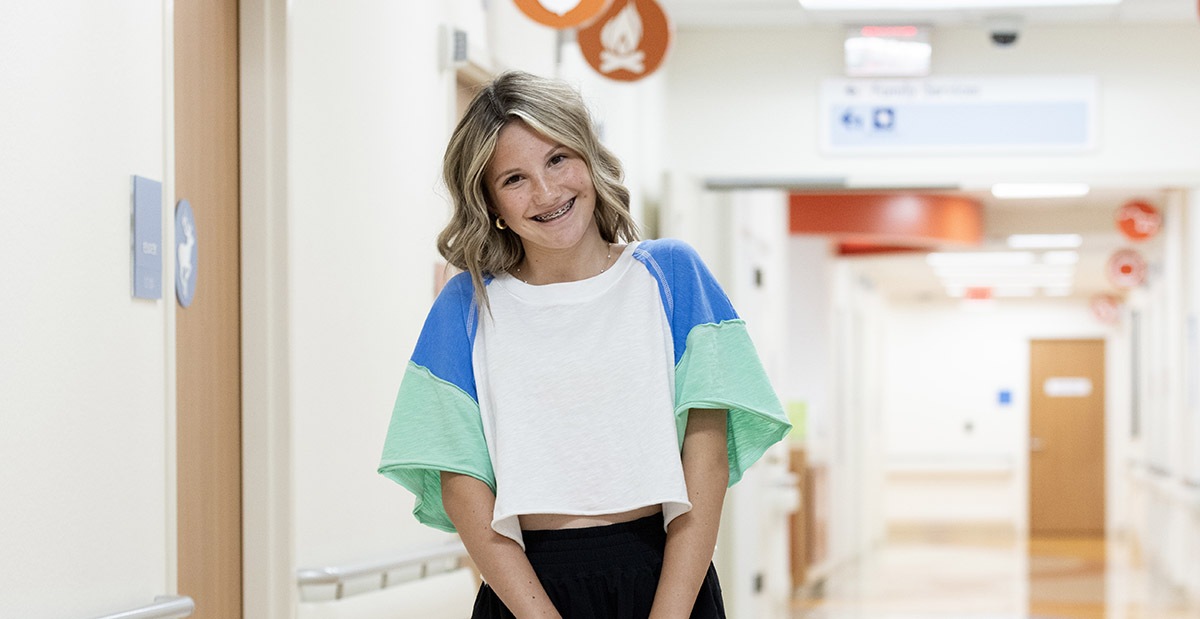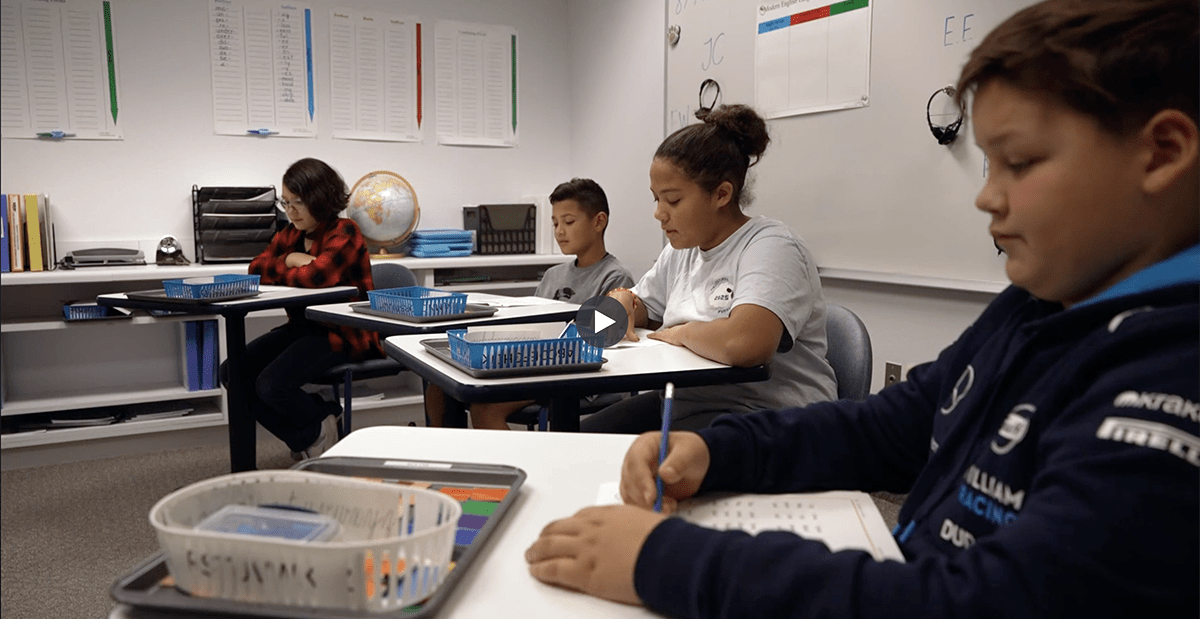If your child has scoliosis, chances are you’ve already discussed many treatment options with a pediatric spine specialist. The specialist may have recommended a “wait and see” approach to determine whether your child’s curve gets worse or stays the same. You may have learned about braces and casts to keep the spine straight, and you’ve likely researched surgeries that can correct the condition. One option you may not have considered is scoliosis physical therapy.
This specialized form of physical therapy allows kids and their families to be actively involved in their treatment by addressing muscle and posture issues that can develop due to scoliosis.
How Physical Therapy Helps Kids With Scoliosis
Scoliosis is an abnormal curvature of the spine. In children with the condition, the spine may twist or be shaped like a C or an S rather than straight. You might notice your that your child has uneven hips or shoulders, but the condition does not always cause symptoms. When it does, children may complain of back pain, difficulty breathing and shoulder pain.
With scoliosis physical therapy, children work with specially trained therapists to learn scoliosis-specific exercises that correct posture and retrain muscles. These programs help slow or prevent the progression of a spinal curve and may counteract the effects a curved spine can have on the body. Physical therapy can also reduce pain and improve breathing.
Exercises your child learns may focus on improving:
· Functional movement, so your child can go about their daily activities
· Range of motion, as kids with scoliosis may have limited mobility
· Strength in the muscles surrounding the spine, hips, shoulders, head and lower body
The Schroth Method
There are a few different scoliosis physical therapy programs that have been developed. At Scottish Rite for Children, several of our physical therapists have completed specialized training in one type, known as the Schroth method.
Physical therapists use this method to teach children exercises and breathing techniques that strengthen muscles throughout their bodies. The intent is to improve their posture and ability to perform typical daily activities, such as sitting, standing, lying down and walking.
During these sessions, physical therapists often have children stand in front of mirrors so they can see how scoliosis affects their posture and movement. The therapist asks the child to breathe in specific patterns or tighten his or her muscles to elongate and stabilize the spine. Sessions can last 45 to 60 minutes, and children can continue the exercises at home between sessions.
Schroth exercises help treat another spine condition many adolescents develop — kyphosis. This spinal disorder happens when a curve causes rounding in the upper back.
Planning a Physical Therapy Program for Your Child
Many websites offer exercise tips for people with scoliosis, but working with a dedicated physical therapist helps ensure your child performs exercises specific to their needs.
Before the sessions begin, your child will have an evaluation with a pediatric spine specialist, who can determine the type of scoliosis your child has and the magnitude of the spinal curve.
The physical therapist uses this information to determine which exercises your child needs and teaches him or her the correct way to do each exercise. As your child improves, the therapist will adapt the program to ensure your child gets the most benefit.
The amount of time your child needs scoliosis physical therapy depends on his or her diagnosis. Even after your child completes the recommended number of sessions, the therapist may provide instructions for a home exercise program to relieve symptoms and prevent the spinal curve from worsening.
Combining the Schroth Method With Traditional Physical Therapy
Traditional physical therapy focuses on the side-to-side curve of the spine. Schroth exercises address this issue from a three-dimensional perspective, straightening the spine from back to front and side to side and correcting spinal twisting.
For this reason, a scoliosis specialist may combine traditional physical therapy with the Schroth method as they work with your child.
Scoliosis Care Beyond Physical Therapy
Some children do well with physical therapy alone. Typically, however, a child will have physical therapy along with wearing a scoliosis brace.
For some kids, more care is needed. Children with spinal curves greater than 50 degrees often require surgery. Children whose curves have worsened despite wearing a brace may need surgery as well.
Still, children who need surgery may benefit from a scoliosis physical therapy program. Physical therapy can help regain movement and muscle strength as they recover.
Like any form of exercise, physical therapy has many benefits. While it can’t cure or “fix” your child’s curve, physical therapy strengthens your child’s muscles and helps him or her better manage scoliosis, which can make a big difference in everyday life.
The scoliosis team at Scottish Rite for Children has years of experience treating children with varying degrees of scoliosis. For more information about physical therapy for scoliosis, schedule an appointment to discuss scoliosis care.


